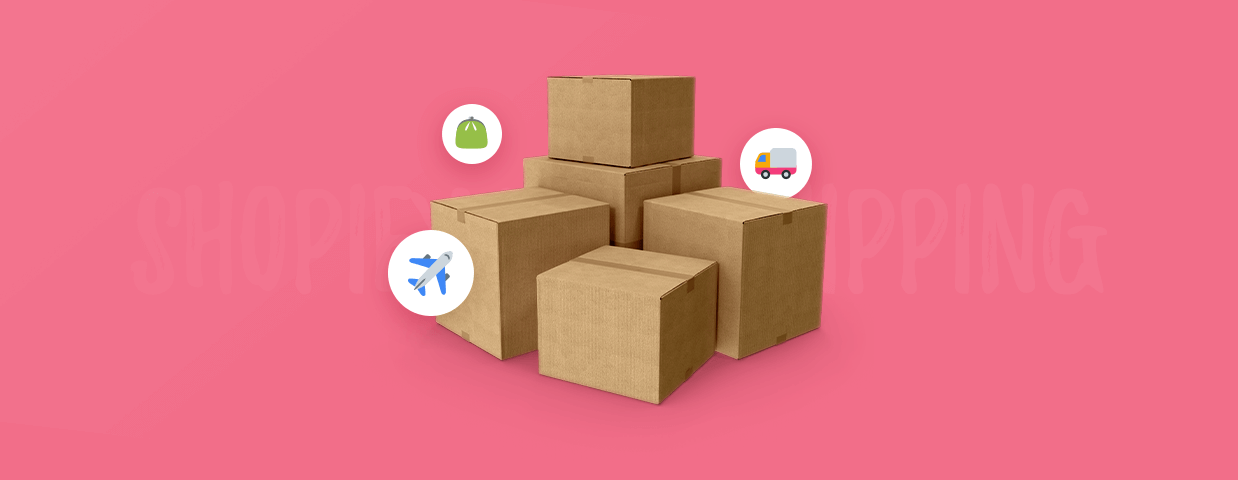Running an online store is an exciting and lucrative opportunity. With the rise of dropshipping, more entrepreneurs are jumping into e-commerce without worrying about inventory management or shipping logistics. One popular platform for dropshipping is Shopify, which provides a user-friendly interface and comprehensive tools to make selling products a breeze.
In this guide, we will explore some effective strategies and tips for Shopify store owners to maximize profits and ensure long-term success in the competitive world of e-commerce.
1. Finding the Right Products
Choosing the right products to sell while dropshipping for Shopify is crucial for any online store. Shopify store owners need to identify trends and niches with a potential customer base willing to spend money on their merchandise. Extensive market research, competitor analysis, and staying up-to-date with consumer demands are essential steps in finding profitable products. Utilize Google Trends, keyword research tools, and social media platforms to understand what your target audience is searching for.
2. Building Your Brand
Creating a strong brand identity sets you apart from your competitors in the overcrowded e-commerce industry. Take advantage of Shopify’s customization options to build an appealing website that reflects your brand values and resonates with your target audience. Design crisp and professional graphics that convey your unique selling proposition clearly. Develop engaging product descriptions that highlight the benefits of your products while maintaining a consistent tone throughout your website.
3. Optimizing Product Listings
Optimizing your product listings helps attract organic traffic from search engines like Google while providing potential customers with vital information about your items. Ensure each product title includes relevant keywords indicating what it is, its unique features/USPS, or any other specifics that set it apart from similar products available in the market.
4. Streamlining Operations
Simplifying operations saves time and money, both of which are precious resources for entrepreneurs managing an online business alongside other commitments. Automate as many processes as possible by integrating tools like Oberlo, Autods, or Spocket to manage product sourcing, fulfillment, and inventory management. Consider using chatbots or AI-powered customer support systems to handle basic inquiries and reduce the workload on your end.
5. Providing Exceptional Customer Support
Delivering top-notch customer support is crucial for Shopify store owners who aspire to create lasting relationships with their buyers. Provide multiple channels for customers to reach out to you, such as email, live chat, and social media platforms. Respond promptly and professionally to customer inquiries and provide clear and informative product information on your website. Excellent customer service leads to positive reviews, repeat customers, and increased brand loyalty.
6. Nurturing Email Marketing
Building an email list from day one is essential for every e-commerce business owner. Collect email addresses through pop-ups or opt-in forms on your website in exchange for incentives like discounts or exclusive content. Nurture this list by sending valuable content and offers regularly; however, avoid sounding overly sales-driven. Personalize your emails based on each customer’s preferences whenever possible.
7. Leverage Social Media Marketing
Integration of social media marketing helps drive traffic to your niche business while building a community around your brand. Utilize platforms like Instagram, Facebook, Pinterest, or TikTok, where visuals play a pivotal role in attracting potential customers. Experiment with different types of posts such as product showcases/launches, user-generated content (UGC), educational/informative videos related to your products’ benefits/features/how-tos., etc.
8. Optimizing Website Performance
Ensure that your Shopify store is optimized for speed by utilizing lightweight themes and optimized images that load quickly across various devices. Be concise in the use of apps and be mindful while downloading apps/plugins. Periodic audits help identify any unnecessary bugs and ensure the website works smoothly.
Conclusion
By implementing these strategies, Shopify store owners can boost the success of their dropshipping endeavors. Finding the right products, building an engaging brand, optimizing product listings, streamlining operations, providing exceptional customer support, nurturing email marketing efforts, leveraging social media platforms, and optimizing website performance is integral to creating a profitable online venture.
Staying adaptable and willing to learn in this ever-evolving e-commerce landscape can make all the difference for your entrepreneurial journey.


